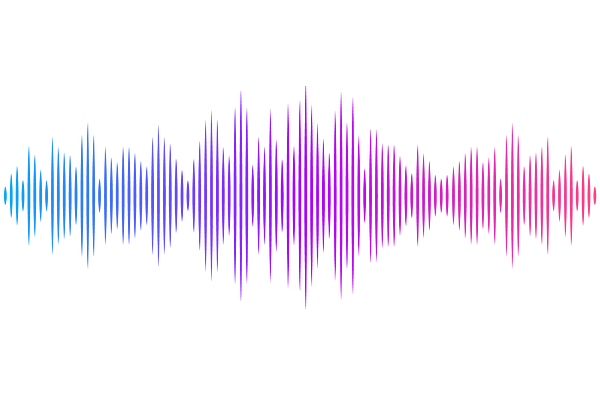High-resolution imaging reveals a cascade of interconnected cellular bioeffects differentiating the long-term fates of sonoporated cells

High-resolution imaging reveals a cascade of interconnected cellular bioeffects differentiating the long-term fates of sonoporated cells
Lee, J. L.; Song, J.; Amor, R.; Bolton, J.; Thompson, A.; Götz, J.; Padmanabhan, P.
AbstractLow-intensity ultrasound combined with microbubbles is a promising, non-invasive treatment strategy for enhancing vascular permeability and targeted intracellular drug or gene delivery. After ultrasound insonification, cells can undergo reversible sonoporation, involving adaptation and recovery, or irreversible sonoporation, marked by a loss of cell viability. To design effective sonoporation-based therapeutic delivery strategies, it is therefore critical to identify the biological responses that determine these distinct cell fates. Here, we developed a custom-built high-resolution multicolour imaging device and applied a single pulse of ultrasound (267 kHz frequency, 20 s duration, and ~110 kPa peak-negative pressure) to trigger targeted microbubble-mediated reversible and irreversible sonoporation events within a confluent monolayer of cultured Madin-Darby canine kidney (MDCK) II cells. We found that intracellular calcium levels rose rapidly and peaked within 10 s in both types of sonoporated cells, although the levels declined differently. In reversibly sonoporated cells, these levels gradually returned to baseline, whereas in irreversibly sonoporated cells, they dropped rapidly, falling well below baseline within 7.9 {+/-} 3.0 min (mean {+/-} s.d.). Using single-vesicle imaging, we further found that vesicles containing the tight junction protein claudin-5 remained mobile with subtly reduced movement in reversibly sonoporated cells, whereas they almost stalled in irreversibly sonoporated cells. The underlying microtubule network was partially disrupted in the reversibly sonoporated cells, recovering fully within 3.2 {+/-} 2.9 min (mean {+/-} s.d.). In contrast, in irreversibly sonoporated cells, the entire microtubule network collapsed within 4.0 {+/-} 2.4 min (mean {+/-} s.d.). Whilst in reversibly sonoporated cells, the uptake of the model drug propidium iodide was mild-to-moderate, without drastic cell size changes up to about 1 h post-sonication, irreversibly sonoporated cells presented with substantially higher propidium iodide uptake and shrunk completely within 43.2 {+/-} 10.5 min (mean {+/-} s.d.). Together, our study identified distinct spatiotemporal sequences of interconnected biological responses underlying different fates of sonoporated cells, providing a framework for identifying processes that could be manipulated for safe and effective sonoporation-based drug delivery.